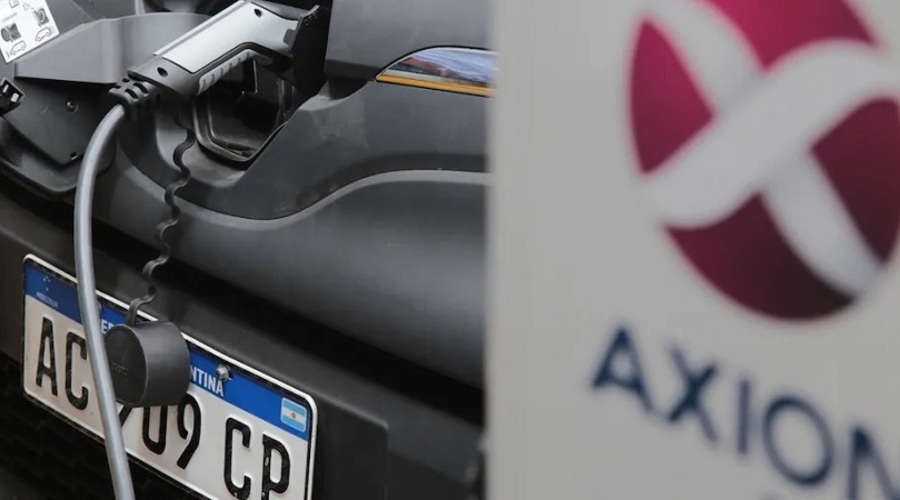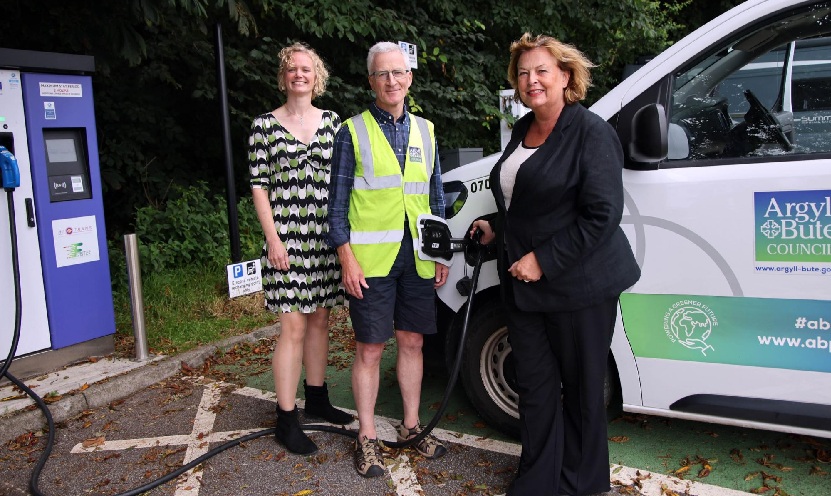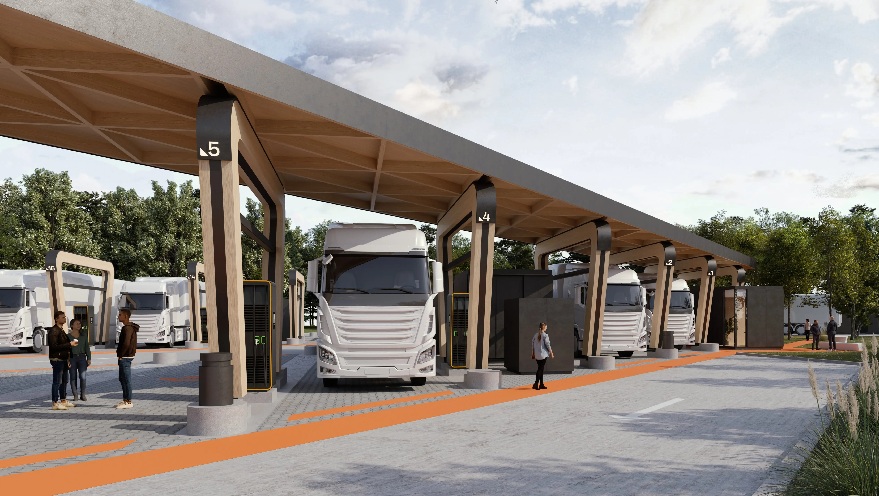A recent legislative proposal seeking to promote the installation of electric vehicle (EV) charging points at service stations across Argentina has raised concerns among key stakeholders in the industry.
Infrastructure experts and academics agree that, although the initiative is well-intentioned, it presents critical shortcomings that could undermine its effectiveness.
Speaking with Mobility Portal Latinoamérica, a mechanical engineer specialised in sustainable mobility pointed out that the project was drafted without consultation with the broader eMobility ecosystem.
“They never approached us for input. The plan fails to address all key aspects — from training and safety to maintenance, industry incentives, or battery analysis,” the expert said off the record.
He concluded: “The project is riddled with ‘holes’ in its foundational approach.”
The main criticism centres around the lack of an integrated strategy. The specialist warns that without a framework encompassing infrastructure, regulation and safety, investments may not yield returns.
“If a city isn’t prepared for a certain type of vehicle, structural adjustments are needed. Otherwise, opportunities will be lost,” he noted.
He also stressed the need for a gradual and well-planned transition. With a vehicle fleet averaging 14 years of age, full electrification faces technical, economic and cultural challenges.
“Given our national mindset, people will resort to unofficial solutions — which can be dangerous if not properly implemented,” he cautioned.
Regulations and business model: two unresolved issues
For Gustavo Salerno, Head of E-Mobility Business Development at SCAME Argentina, the legislative proposal fails to define key aspects required for market development.
“There are no regulations on how much a kWh should cost for EVs, which leads service stations to charge based on parking time. A user could end up paying more for electricity than they would for fuel,” he told Mobility Portal.
He stressed that the absence of regulated tariffs discourages investment and creates grey areas in the business — such as “VIP” car parks with built-in chargers.
“In Europe, the average distance between charging points is around 50 km. In Argentina, with ranges of 300 km, a stop is necessary for trips like Buenos Aires to Córdoba. That requires well-planned and coordinated infrastructure,” he noted.
Another major concern is the electricity grid’s capacity to meet growing demand.
“In the summer, with air conditioners running, power cuts already occur in Buenos Aires — where most EVs are concentrated. How sustainable will the grid be if we remain reliant on gas turbines?” Salerno asked.
He also pointed out that energy transmission is a bigger challenge than generation. “The power is available, but upgrading the electrical infrastructure — like replacing cables — requires significant investment from both the private sector and the state,” he added.
Tariffs, Standards and Fleet: ABB’s Diagnosis
Roberto Stazzoni, Head of E-Mobility at ABB Argentina, agrees that high equipment costs and lack of standardisation are key barriers to expansion.
“Chargers currently face a 35% import tariff, which inflates initial investment. And while Combo 2 and Type 2 are the de facto standards, it would be beneficial to make this official to provide predictability,” he explained to Mobility Portal Latin America.
He also noted that the current vehicle fleet does not yet justify mass market expectations, raising questions about return on investment.
However, he acknowledged that 80% of charging occurs at home, at low power and during off-peak hours — so pressure on the grid in the short term may not be critical.
Proposals for a stronger framework
All interviewees agree that the law should be the product of broad consensus involving companies, universities, energy distributors and vehicle manufacturers.
Among the priority measures they propose is the creation of a specific, regulated kWh tariff for eMobility — distinct from those applied to industrial or residential consumption.
They also highlight the importance of planning infrastructure with optimal spacing between charging points and advancing training programmes in mechatronics and charger maintenance. Transition policies incorporating “bridge” technologies, such as hybrids, are also recommended.
“A broader conversation is needed. If universities start training professionals for the sector, in ten years we’ll have a solid foundation for mass eMobility. But without a comprehensive plan, actions will be futile,” the consulting engineer concluded.
READ MORE
-
“Spain cannot miss the eMobility train”: TERA Batteries partners with CATL on battery management
The Spanish company becomes the official service provider for the world’s largest battery manufacturer. Its CEO, David Santiago, tells Mobility Portal how to combine innovation, flexibility, and realism in a market with oversized targets.
-
Scotland announces over £3m for EV charging infrastructure
Since 2011, the Scottish Government has provided over £65 million in public charging. Scotland now has one of the most comprehensive public charging networks in the UK.
-
Milence announces new charging hub in Italy
This new Milence hub will support one of Europe’s key freight corridors, linking southern Spain to Hungary and beyond.









